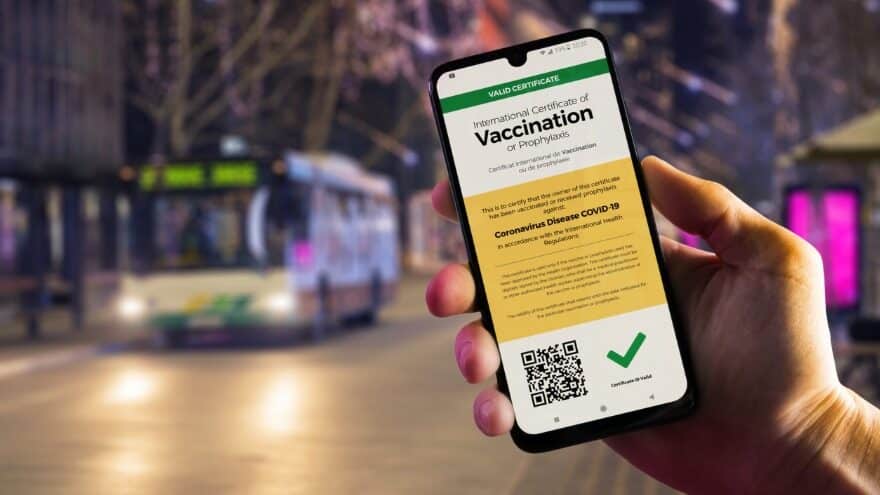The COVID-19 epidemic has significantly altered the way humans live, work, and interact in the world in many different ways. A secure and reliable mechanism to check the immunization status of visitors, participants in events, and employees is required as nations continue to reopen their economies and borders. The COVID certificate verification method involves confirming the legitimacy of the certificates that persons present.
What is a COVID Certificate?
A digital or paper document that demonstrates proof of immunization against COVID-19 is called a COVID certificate, sometimes known as a vaccination certificate or a vaccine passport. Information concerning prior illnesses or negative test outcomes may also be included. The document, which is provided by the appropriate health authorities, can be used as proof that a person has had the vaccine or has tested negative for the virus.
Why is COVID Certificate Verification Necessary?
The COVID certificate is a crucial instrument for preventing the virus’s transmission and facilitating a return to regular life. It lowers the danger of illness for both the vaccinated person and others while enabling them to travel and attend events. The certificate, however, is only valid if it is true and trustworthy. Here comes the role of COVID certificate verification.
To make sure that people are presenting legitimate certificates and that they have not been altered or falsified, COVID certificate verification is required. Without verification, there is a chance that people with falsified or incomplete documentation could enter crowded areas, raising the risk of transmission and endangering the public’s health.
How does COVID Certificate Verification Work?
- Confirm the person’s identity: The first step is to confirm the person who is presenting the certificate is who they say they are. You can verify this by looking at their passport or government-issued ID.
- Verify the certificate’s authenticity: The second step is to confirm the certificate’s legitimacy. This can be done by scanning the QR code on the digital certificate or verifying the security features on the paper document.
- Check the certificate’s issuer: Verifying the certificate’s issuer is the third step. To do this, look up the name of the issuing body, such as the health department or a medical facility.
- Verify covid certificate validity: Verifying the certificate’s validity is the fourth step. This can be achieved by verifying that the dates of vaccination or testing are within the necessary window of time.
- Record the verification: The certificate’s verification is the last stage. To make sure the information is simple to find for future use, this can be done manually or through a computerized system.
Challenges with COVID Certificate Verification
- COVID certificate verification is not without difficulties, particularly in a setting that is changing quickly. Among the difficulties are:
- Lack of standardization: The lack of a global COVID certificate standard can make it challenging to confirm the document’s legitimacy.
- Restricted access to technology: Certain groups may face barriers to entry since not everyone has access to the technology needed for digital verification.
- When personal information is shared, the usage of digital verification systems may give rise to privacy and data protection issues.
- The verification process might take a long time, especially in populated areas where there may be delays and long lines.
Conclusion
For the infection to be contained and for life to return to normal, COVID certificate verification is a crucial instrument. To stop the virus from spreading and protect the general public’s health, it is crucial to guarantee that the verification procedure is accurate and trustworthy.

